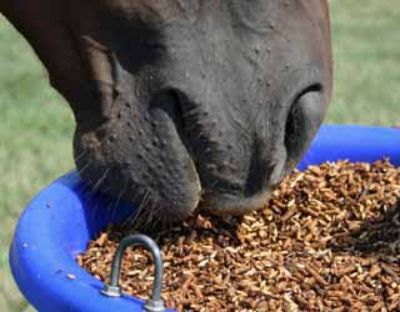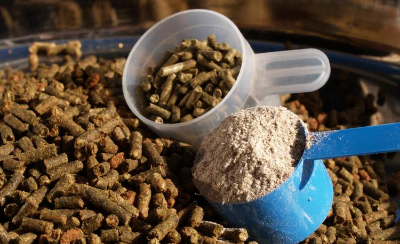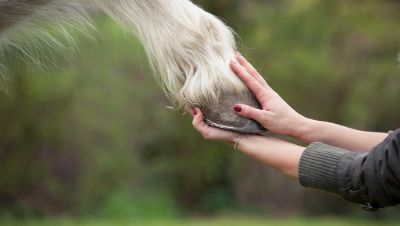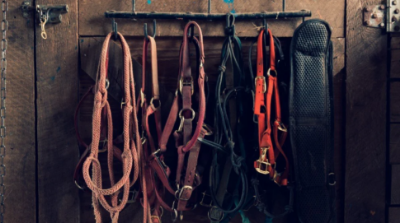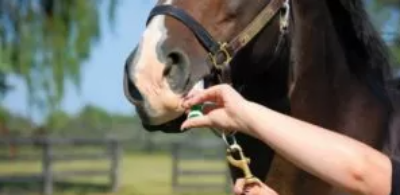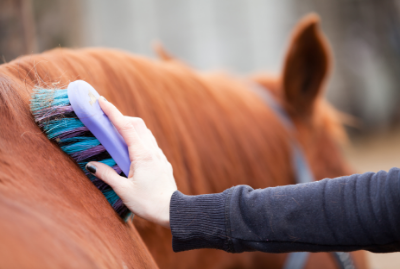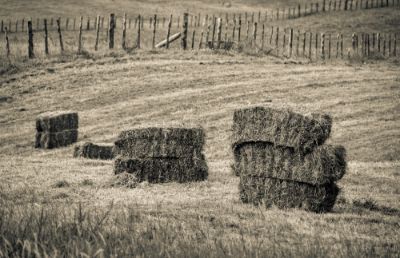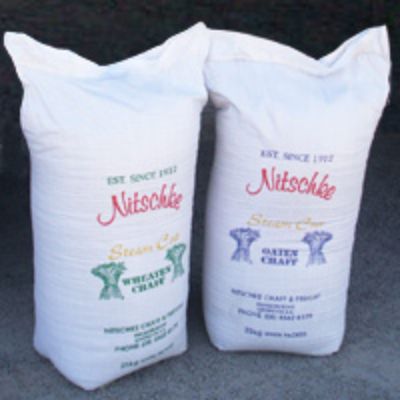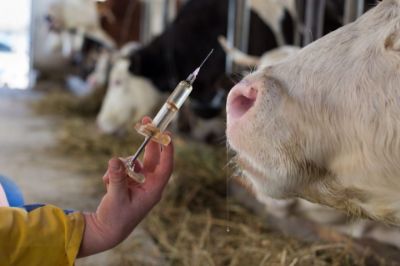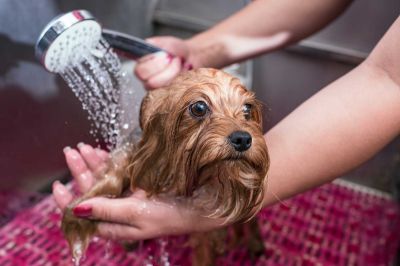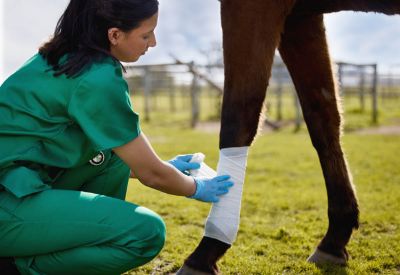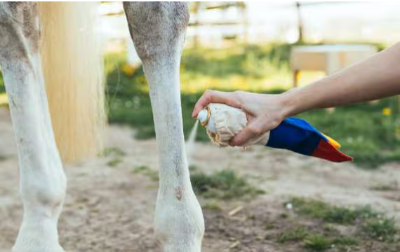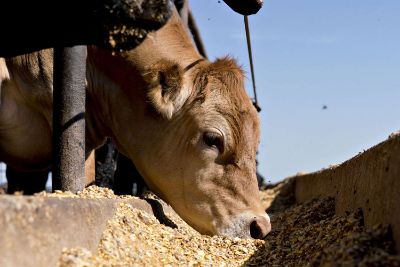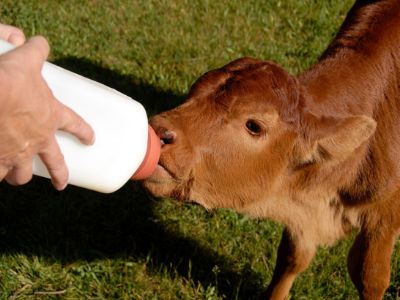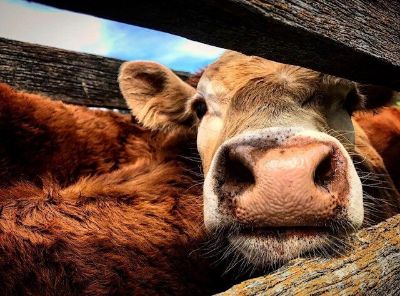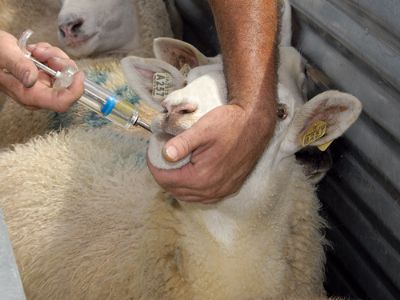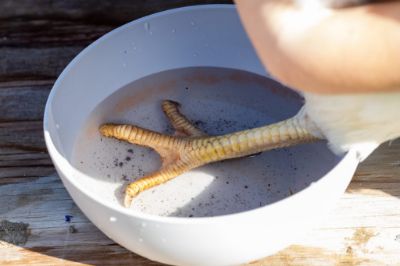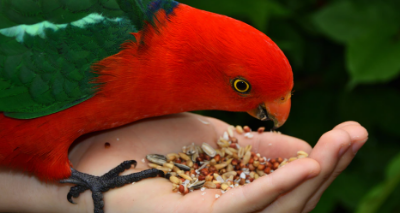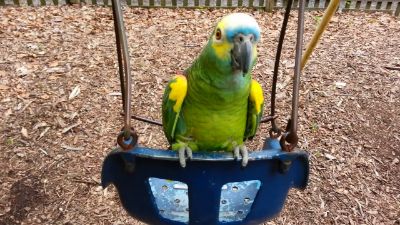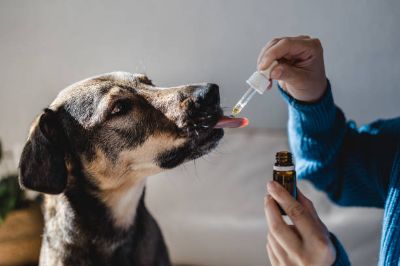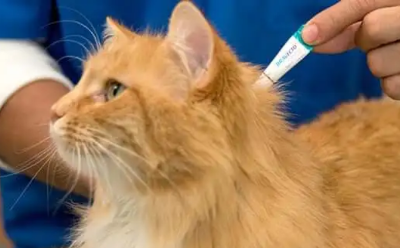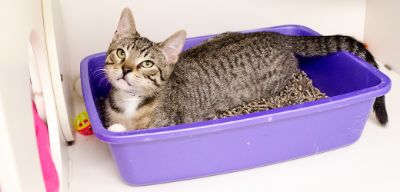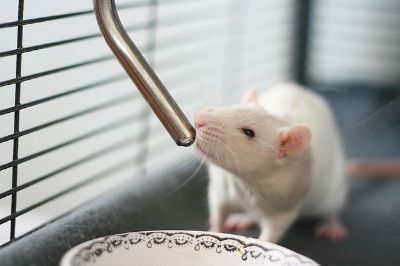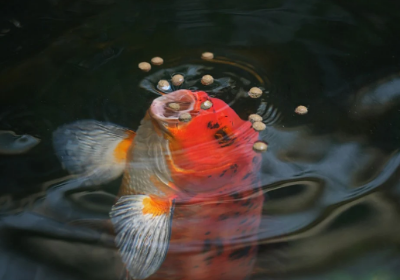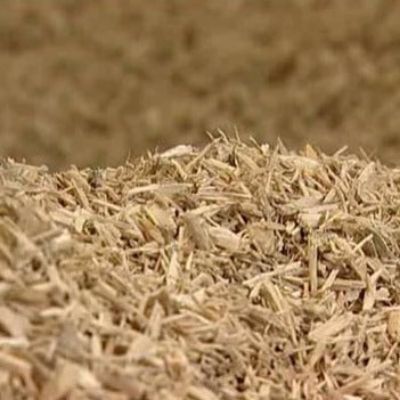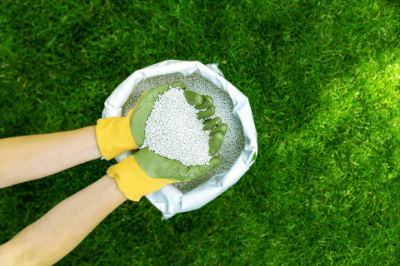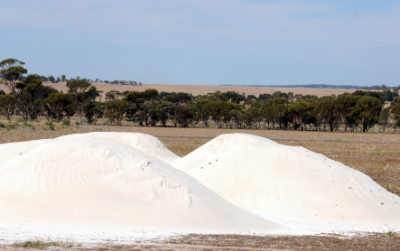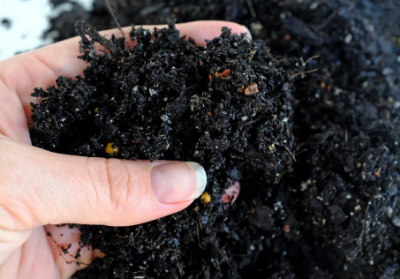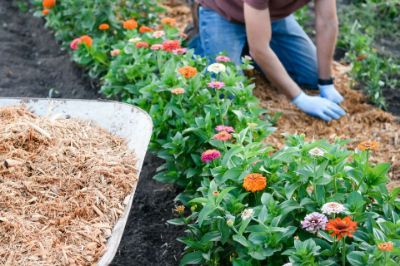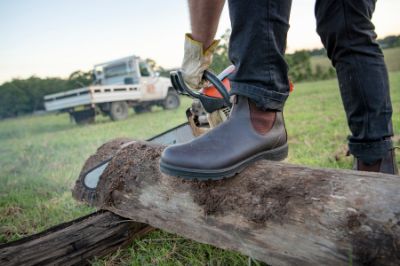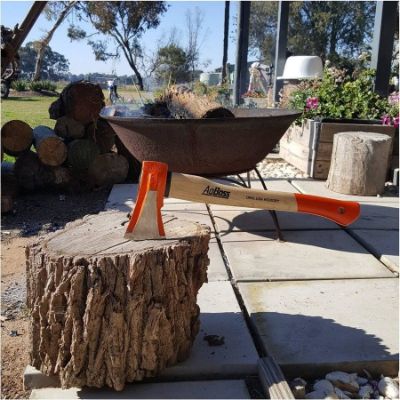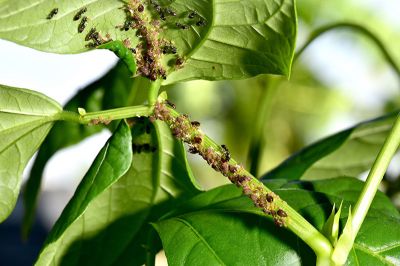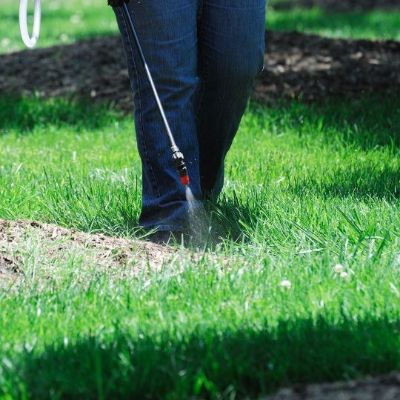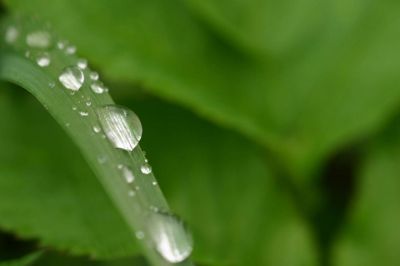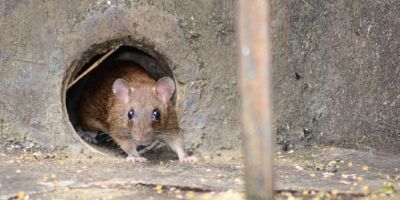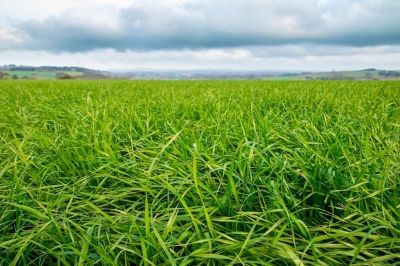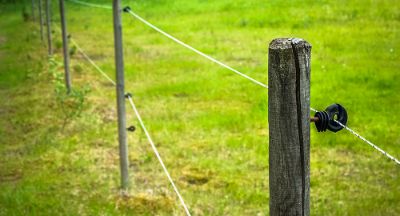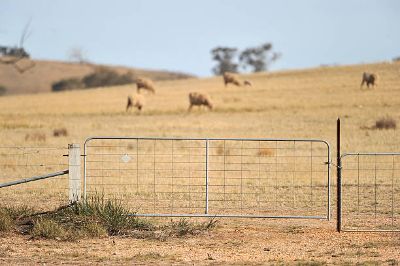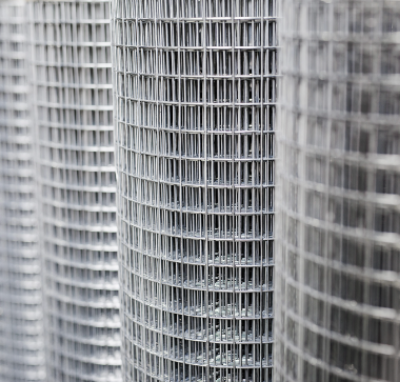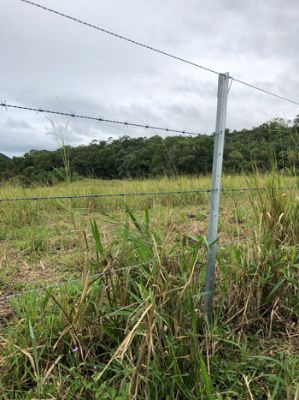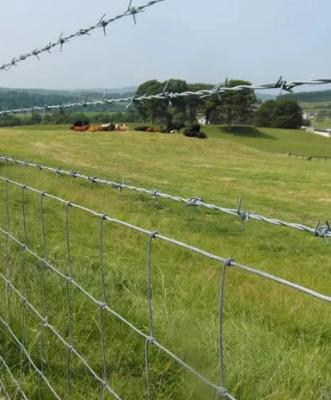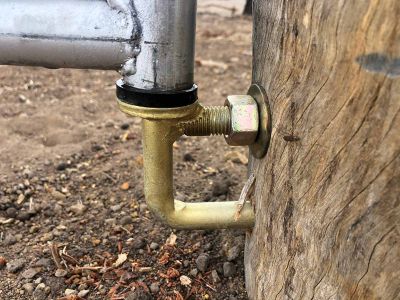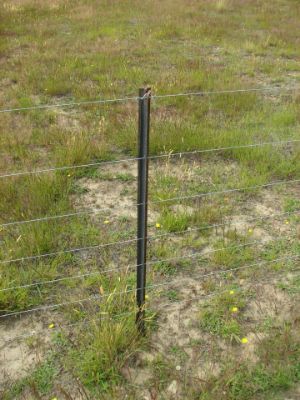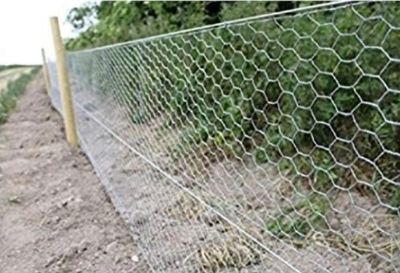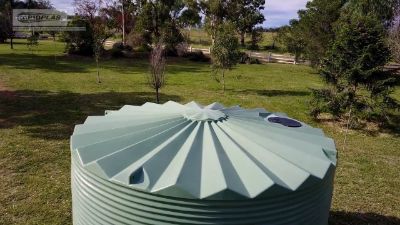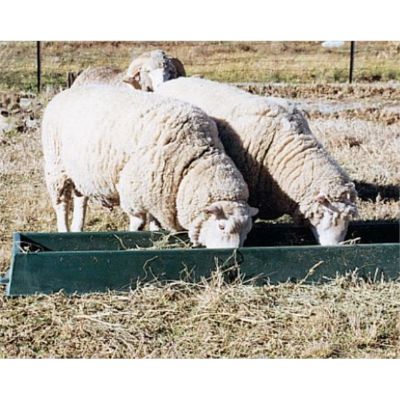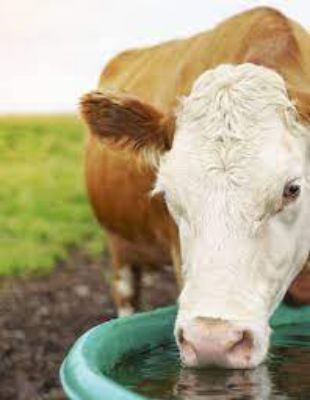
So what actually is mud-fever we hear you ask?
‘Mud-fever’ as we will call it, goes by many different terms such as; rain scald (or rain rot), equine dermatitis, scratches or greasy heel. It is a collective term for what is essentially a bacterial, and in some cases fungal, infection that causes irritation and inflammation of the skin. It will often present itself in moist conditions and mostly affects the heels of a horse – however it can present itself anywhere on the body and will commonly also affect the face, shoulder, back and rump of a horse, where it may be referred to as rain scald.
It is recognised that mud fever is more susceptible to horses with non-pigmented skin (pink skin), though this should not be mistaken for equine photo-sensitivity which is a subtly different condition that you can read more about here.
When it affects the lower limbs mud fever can be recognised with:
- The cracking of skin, which will eventually worsen into a painful crust and scabbing.
- Sometimes swelling may be present in the pastern or lower leg – the horse may present itself as lame.
- The presence of small rough to touch scabs spreading up from the pastern and up through the cannon bone
Rain scald is distributed over the main body or face of the horse:
- Typically presents itself as a small rash of scabs over the horses skin surface, these might feel quite small perhaps no more than 1-2cm long in most cases.
- When you run your hand over the affected area you will feel crusts, and the horses hair will have clumped over the scabs. It’s possible when brushing these may remove themselves from the horse leaving bald patches.
- The horse may show a pain reaction when touching the scabbed areas – or when attempting to brush/remove the scabs and lesions.
Here at Mandalong Stockfeeds we aren’t immune to this frustrating and ugly condition – but over the years we’ve learnt a few sure fire ways to help treat the disease and keep our horses happy, healthy and free from irritation that we will share with you below:
Baby Oil is your best friend
A soft scab is an easy scab to remove – and much more comfortable for the horses too. While a lot of people will recommend giving a horse a bath to loosen the scabs, unless the horse dries out fully you are actually adding more moisture to the situation which is what caused the problem in the first instance. We’ve found the most effective way is a cheap and common ingredient you can pick up from your local store – baby oil.
Best applied by hand (use gloves if you wish), rub generous amounts into and around the horses infected areas in a circular motion and watch the magic happen. The scabs will lift themselves from the skin and can simply be gently brushed away. We’ve found this technique great for even the most sensitive horses, as long as you apply a good amount of pressure it will almost feel like a massage and they will become a lot more tolerant of the removal.
Baby oil also has the added properties of being a waterproofing agent as well, so will help keep moisture away from the infected area for longer – which can be great for stubborn heel infections.
Moisture Repellent is Key
When you are in the process of treating your horse for mud fever, or have treated your horse it is important not to forget that moisture is what is giving the infection life. Be sure to fully dry off your horse and also consider a couple of preventatives over the days post treatment to keep moisture away from the area, this may include:
- Depending on the time of year – you may wish to use a lightweight rug though just be cautious as the infection can spread from horse to horse so ensure the rug is clean and only used for that horse. This solution is more practical if you horse has large areas of infection.
- Coconut oil / Vaseline / Zinc Oxide creams – these can all be used to cover the area and are all moisture repellents that will help prevent moisture reaching the areas we are trying to treat.
Treatments
After the crusts are removed, a topical treatment may be used to kill the aggravated bacteria and heal the lesions. Antibacterial products are proven to be effective, especially those containing chlorhexidine, tamed iodine or lime sulfur. Good old Canesten cream is one of our fav's as well.
Learn to spot it early
As a final tip, and possibly one of the most important, learn to try and spot the symptoms of mud fever and rain scald as early as possible. Spotting and treating the infection early will provide a lot more relief for your horses – and probably you as well! As with most things, a minor case is a lot easier to treat than a major one. Far better to spot and remove scabs within a day – than wait until the infection has spread and you have a bald horse where recovery will take a lot longer.
Ensure that daily you are grooming your horse and checking for any signs – especially if you know you have a horse who seems to be more susceptible to the disease.
Remember – prevention is better than a cure
It is always better to look at methods of prevention to avoid the need to cure. You may want to consider some of the following steps where possible to reduce the risks of your horse suffering this year:
- If you know your horses is susceptible, where possible try to minimise access to wet and muddy ground as much as possible. If this cannot be avoided try to provide your horse with an area where they can dry off – or bring them in daily for a feed to dry the area out with a clean towel.
- During long spells of wet weather, consider applying an oil based barrier cream to repel mud and moisture (great for protecting heels).
- Try to avoid hosing off your horses legs (or body) unless absolutely necessary, and if you do, ensure you fully dry the horse off afterwards.
- Consider covering your horse if they are susceptible to rain scald, this is an extra barrier that will help keep your horse dry.
- The infection can pass from horse to horse, so try to segregate any horse with the infection away from horses with no sign of infection. We also suggest an antibacterial wash for any grooming equipment used on an infected horse to help prevent the spread to others.
- Check regularly for any early warning signs, and treat immediately.
Just remember, that mud fever and rain-scald are persistent conditions that can take considerable effort to clear up effectively. You will need to keep the bacteria away from the skin for long enough for the skin to heal fully and healthy skin grow back. Don’t be too disheartened – prevention is hard! But hopefully we’ve been able to help out with our tips above! We’d love to hear if you have any other tips, suggestions or how you got on with our treatments so get in touch today!

